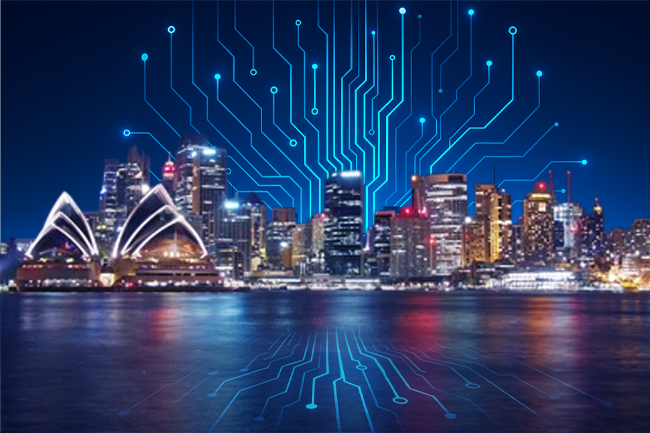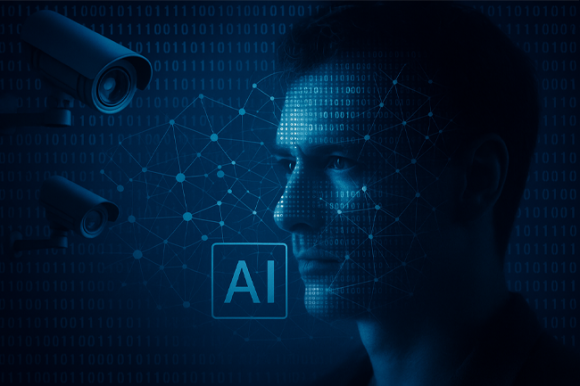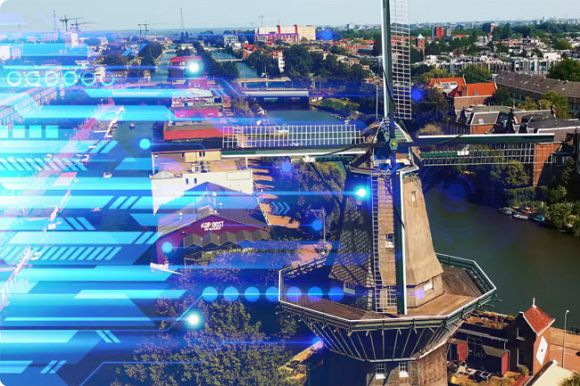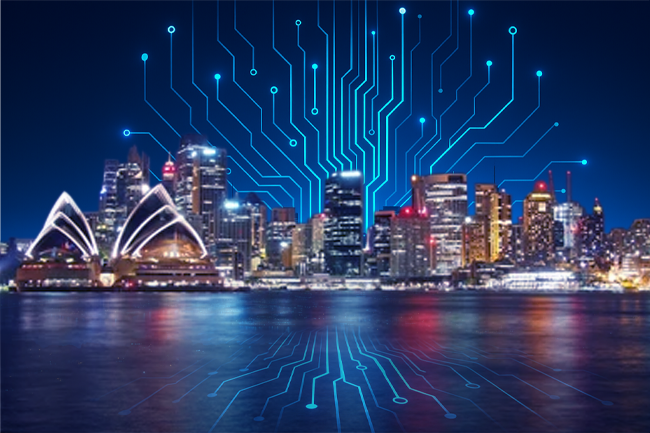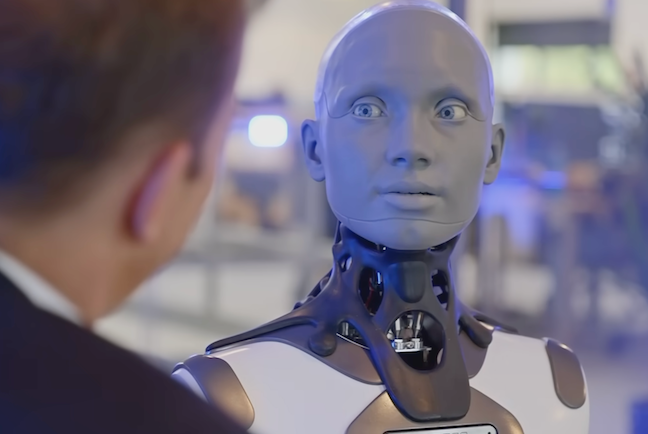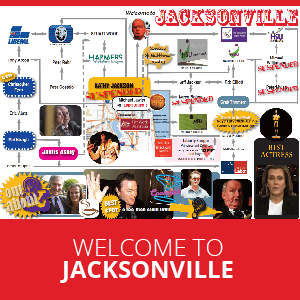AI is reshaping Australia’s digital and energy foundations, demanding a bold rethink of how the nation powers and connects its future, writes Paul Budde.
ARTIFICIAL INTELLIGENCE (AI) is no longer just a layer of software sitting on top of our digital systems. It is fast becoming the organising principle of the entire information and communications technology (ICT) industry.
The latest announcements from Nvidia and OpenAI show how computing, communication and energy are merging into what can only be described as cognitive infrastructure — an intelligent network that learns, adapts and increasingly manages itself.
Over the past few years, I have written about the deep changes driving this transformation: the surging energy demands of data centres, the shift of telecommunications networks from “dumb pipes” to intelligent systems, and the growing convergence of digital technology with energy policy and sovereignty. These latest developments confirm how quickly that future is arriving.
The industrialisation of AI
Nvidia’s partnerships reveal the scale and ambition of this new industrial wave. The company is working with Eli Lilly on AI-driven pharmaceutical research, Hyundai on autonomous manufacturing, Samsung on AI chip design, Uber on a 100,000-vehicle robotaxi network, and the U.S. Department of Energy on seven new supercomputers.
Equally important are its alliances with Nokia and Deutsche Telekom. A one-billion-dollar investment in Nokia will embed AI directly into the operation of 6G networks and prepare for AI-enhanced smartphones and workstations. Intelligence will no longer reside solely in the cloud — it will move into the network itself and the devices we use.
This confirms what I argued in Telstra’s bold reinvention: breaking free from its dumb pipes past — the network is becoming a thinking system.
Computing as critical infrastructure
The deepening collaboration between Nvidia and OpenAI shows how computing capacity has become the new strategic infrastructure. Their partnership, which began in 2016, has now expanded into plans for a 10-gigawatt global AI infrastructure build-out — roughly equivalent to the power output of several nuclear plants.
The industrial age ran on oil and steel; the cognitive age runs on data and computation. Nations are now competing not only for natural resources but also for chips, bandwidth and training data. Like other countries, Australia will have to rethink its industrial and energy strategies around access to computing power and secure, sustainable electricity.
What this means for Australia
For Australia, these developments are both a warning and an opportunity. Telecom networks will need to evolve rapidly to handle the rising tide of AI-driven traffic. Data will increasingly flow between distributed AI systems – what I have called Personal AIs – requiring high-capacity, low-latency networks that go well beyond the current 5G landscape.
Telecommunications companies will have to move from selling connectivity to providing intelligence-enabled services. Network management, cybersecurity, and predictive maintenance will all rely on embedded AI. Operators that continue to think in terms of bandwidth alone risk being left behind as global players race to build cognitive networks.
The same transformation is taking shape in energy. AI build-outs already consume gigawatts of power and this demand is growing fast. In From power grids to people: fixing Australia’s broken energy vision in the age of AI and climate disruption, I argued that our energy transition must now account for the digital infrastructure driving this consumption. Data centres are no longer just energy users; they are becoming part of the grid itself — forecasting demand, balancing loads and managing renewable input in real time.
If we continue to treat computing, energy and telecommunications as separate domains, we will miss the systemic nature of what is happening. These sectors are merging into a single ecosystem — digital and physical, algorithmic and electrical.
Rethinking national strategy
Australia’s current digital and energy policies were not designed for this convergence. Connectivity, renewables and cybersecurity are still treated as discrete challenges. Yet the next industrial phase will depend on how well we integrate these fields.
Government planning should now recognise computing power as national infrastructure, just like roads, ports and energy grids. Investment must shift toward edge computing, regional data hubs and AI-ready energy systems. Universities and vocational institutes should train engineers who understand both data networks and power systems.
This transformation also opens opportunities for Australian businesses. There is a rising demand for companies that can build local edge data centres, develop energy-efficient AI hardware, design smart-grid management tools and provide regional AI infrastructure services. But the window to position ourselves within this emerging value chain is closing quickly.
The next phase
What is unfolding globally is the rise of cognitive infrastructure — the fusion of networks, computing and energy into a self-optimising, learning system. Australia has the talent and resources to participate in this transformation, but it must move fast.
If we fail to see AI as an infrastructure shift, we risk becoming a downstream market for foreign platforms. But if we align our telecom, energy and innovation strategies, Australia could establish itself as a regional hub for AI infrastructure and advanced digital industries.
This new era will not be defined by faster internet or smarter devices alone. It will be defined by how well we integrate intelligence into the systems that power modern life — and whether we have the foresight to make that intelligence serve the public good.
Paul Budde is an Independent Australia columnist and managing director of Paul Budde Consulting, an independent telecommunications research and consultancy organisation. You can follow Paul on Twitter @PaulBudde.
 This work is licensed under a Creative Commons Attribution-NonCommercial-NoDerivs 3.0 Australia License
This work is licensed under a Creative Commons Attribution-NonCommercial-NoDerivs 3.0 Australia License
Support independent journalism Subscribe to IA.

Related Articles
- Chatbot psychosis: The human cost of AI companions
- Government poised to betray creators in AI copyright grab
- Australia’s AI push needs more questions, fewer promises
- Artificial Intelligence must be codified with a conscience
- Before we ask what AI can do, let’s ask what kind of AI we’re talking about


